Articles

Get your free corn: The fatherless in the corn-dole archive from Oxyrhynchos by Maria Nowak
in: Tell Me Who You Are: Labelling Status in the Graeco-Roman World, edited by Maria Nowak, Adam Łajtar & Jakub Urbanik (U schyłku starożytności: Studia źródłoznawcze, no. 16, Warsaw: Sub Lupa Academic Publishing, 2017), 215–228.
The present article deals with the presence of fatherless individuals – χρηματίζοντες μητρός – in the Oxyrhynchite corn dole archive (P. Oxy. XL). It examines how and why these individuals were admitted to the corn dole distribution in the group of homologoi; it also offers new observations regarding both the homologoi and epikrithentes.

Paternal onomastical legacy vs. illegitimacy in Roman epitaphs by Małgorzata Krawczyk
in: Tell Me Who You Are: Labelling Status in the Graeco-Roman World, edited by Maria Nowak, Adam Łajtar & Jakub Urbanik (U schyłku starożytności: Studia źródłoznawcze, no. 16, Warsaw: Sub Lupa Academic Publishing, 2017), 107-128.
The subject of the present paper is epigraphic evidence for illegitimate children who bear the cognomen of their natural father. 107 epitaphs from the city of Rome dated to the first three centuries CE have been examined in an attempt to determine whether this onomastic practice was applied in the milieu of slaves and freedmen. The analysis of the source material showed that fathers of slave origin often gave their own cognomina to their children as they had no nomen to pass on to their offspring. This proves that the family bonds between members of these families were strong even though they were often separated from one another.

Foundlings in the Greco-Roman world: Status and the (im)possibility of adoption by Agnieszka Kacprzak & Maria Nowak
in: Tijdschrift voor Rechtsgeschiedenis 86 (2018), 13–54.
The present article offers a commentary on two passages from the Gnomon of idios logos: § 41 (BGU V 1210, ll. 115–116), which pertains to a quarter of the inheritance left by an Egyptian who adopted a child picked up from a dump-hill, and § 107 (BGU V 1210, ll. 238–239), which repeats the same rule with regard to everyone, regardless of their civic status. The following problems are subject to our investigation: 1) Which specific type of adoption was expressed by the verb υἱοποιέομαι in § 41? 2) Why does the adoption of foundlings not appear in documentary sources? 3) What was the scope of the cited provisions? The article offers a survey of the legal status of exposed children and (im)possibilities of their adoption in law and legal practices in Roman, Greek and Egyptian sources.

Fatherless among οἱ ἀπὸ τῆς μητροπόλεως – a revision by Maria Nowak
in: Zeitschrift für Papyrologie und Epigraphik 208 (2018), 213–225.
The aim of this article is to provide examples of papyri attesting the presence of ἀπάτορες among οἱ ἀπὸ τῆς μητροπόλεως, and to prove that admission to the metropolitan order depended on maternal status in the case of those who were considered technically fatherless (sine patre filii).
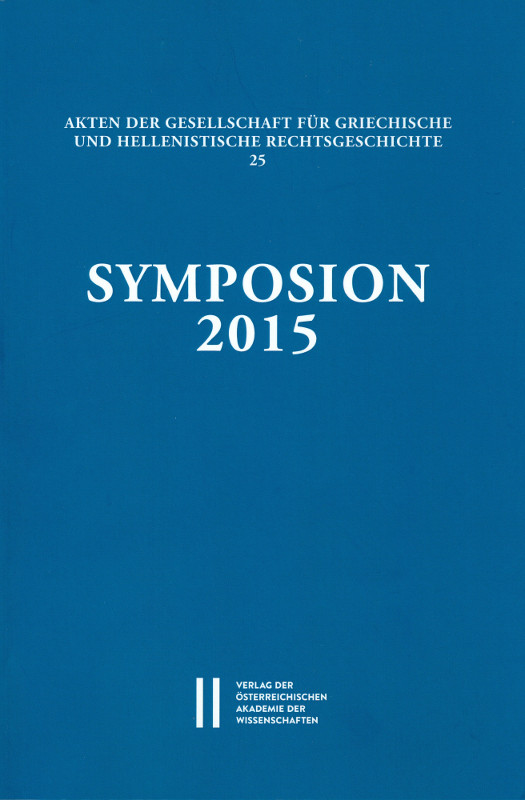
The Fatherless and Family Structure in Roman Egypt by Maria Nowak
in: Symposion 2015: Vorträge zur griechischen und hellenistischen Rechtsgeschichte (Coimbra, 1.– 4. September 2015), edited by Delfim F. Leão & Gerhard Thür (Akten der Gesellschaft für griechische und hellenistische Rechtsgeschichte, no. 25, Wien: Österreichische Akademie der Wissenschaften, 2016), 99–114.
The main problem discussed in this paper is illegitimacy in Roman Egypt. In the first part of the text I discuss ways of presenting persons born out of wedlock in papyri, especially documents relating to Roman census in Egypt. The question posed in the second part of the article is whether ways of describing extramarital children could provide us with information concerning their position within the family structure of Roman Egypt.
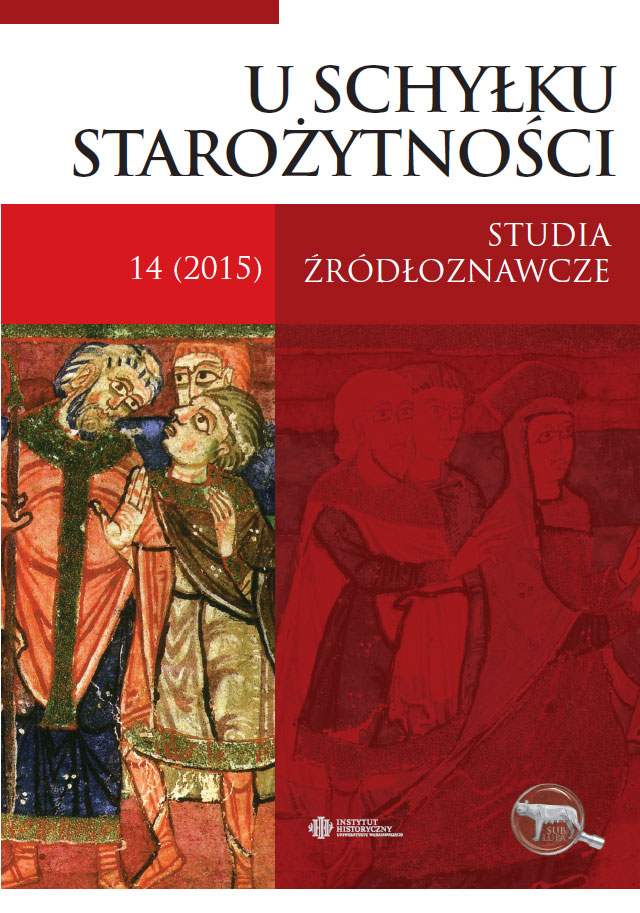
Dzieci pozamałżeńskie w świetle źródeł papirusowych z rzymskiego Egiptu by Maria Nowak
in: U schyłku starożytności: Studia źródłoznawcze (2015), 9–29.
The main problem discussed in this paper is illegitimacy in Roman Egypt. In the first part of the text I discuss ways of presenting persons born out of wedlock in papyri, especially documents relating to Roman census in Egypt. The question posed in the second part of the article is whether ways of describing extramarital children could provide us with information concerning their position within the family structure of Roman Egypt.
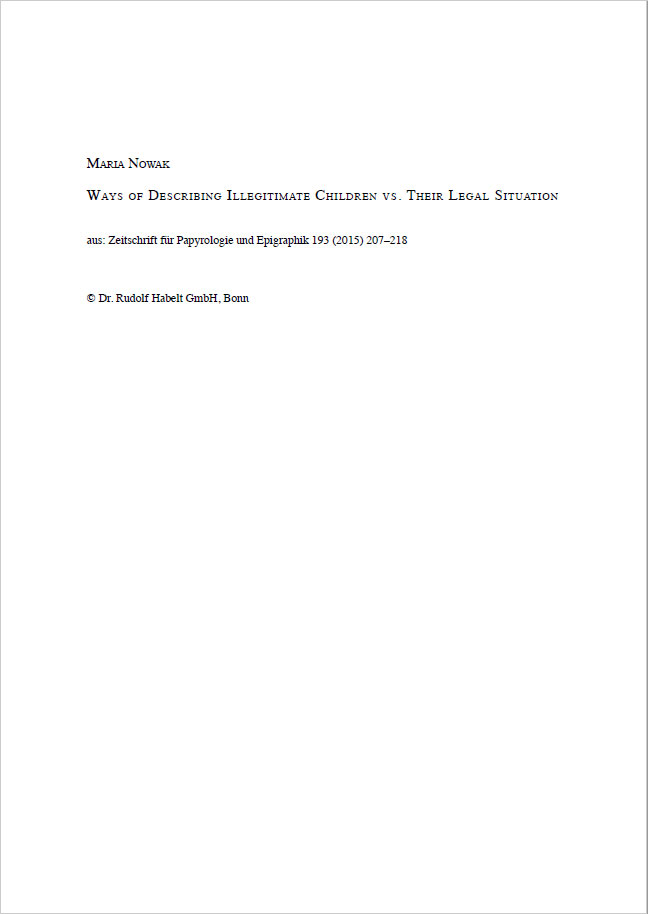
Ways of Describing Illegitimate Children vs. Their Legal Situation by Maria Nowak
in: Zeitschrift für Papyrologie und Epigraphik 193 (2015), 207–218.
The paper aims to examine the names applied to illegitimate children in Roman Egypt between the first and third centuries, that is to provide descriptions of those children who appear in the papyri and to determine their chronology and provenance. More importantly, it will attempt the statement that bastardy in Egypt was a Roman concept influencing only soldiers’ families, and to resolve the question of whether the terms used in papyri to indicate illegitimate children were legal and formal categories or whether they were used only to distinguish individuals.
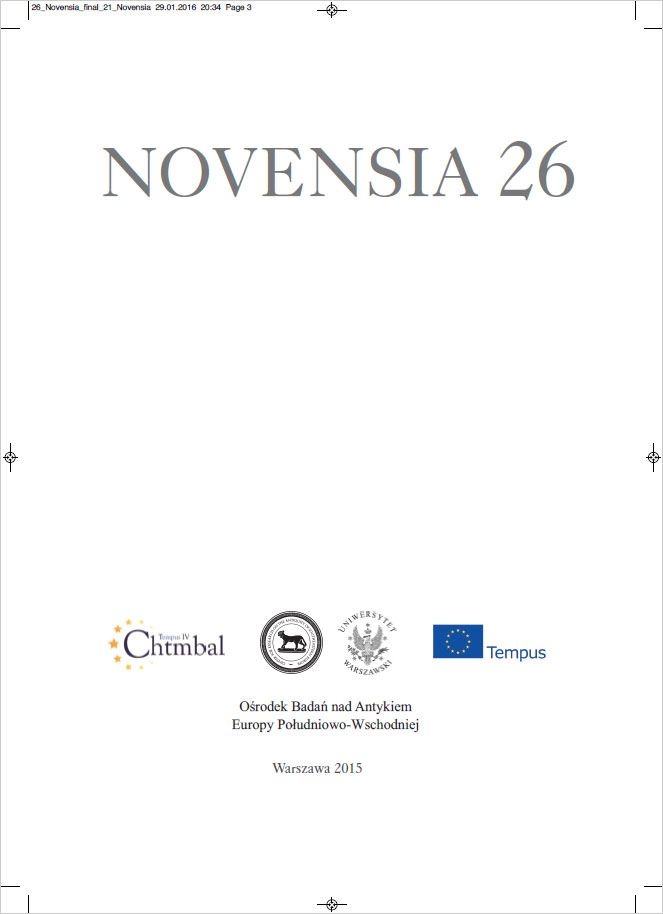
Origo castris and the local recruitment policy of the Roman army by Małgorzata Krawczyk (de domo Sołek)
in: Novensia 26 (2015), 103–115.
The present paper concerns epigraphic and papyrological evidence for natural sons of soldiers in the Roman Empire who were accorded a fictitious origo castris. Analysis concerns primarily the so-called laterculi, or Latin and Greek inscriptions and papyri containing lists of soldiers and veterans discharged that year from military service. The paper’s chronological scope is from the first to the third century AD. The presentation and analysis of the source material gives grounds for a theory to be advanced that the distribution of inscriptions and papyri attesting to origo castris was closely linked to changes in the recruitment policy of the Roman army over the first three centuries AD and especially with the spreading in the second century of the local recruitment model.
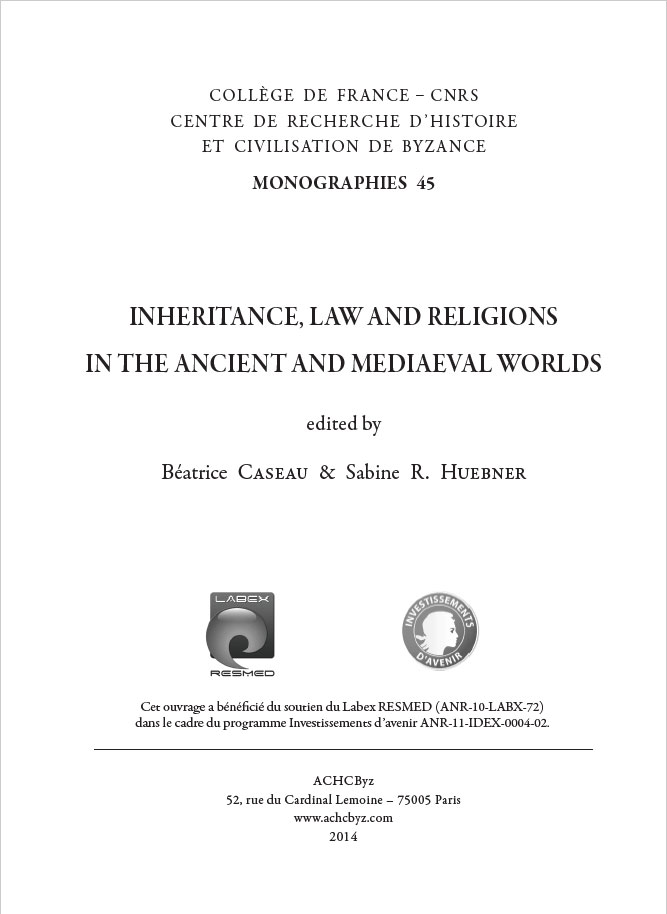
The Hereditary Rights of the Extramarital Children in light of the law of papyri by Maria Nowak
in: Inheritance, Law and Religions in the Ancient and Mediaeval Worlds, edited by Béatrice Caseau & Sabine R. Huebner (Monographies du Centre de Recherche d'Histoire et Civilisation de Byzance – Collège de France, no. 45, Paris: ACHByz, 2014), 11–24.
My article aims to present the hereditary situation of extramarital children in Graeco-Roman Egypt, between the first and third centuries AD. I intend to discuss whether the legal status of apator, chrematidzon metros, etc. was inferior to that of legitimate offspring. First I shall discuss the regulations concerning extramarital children present in jurisprudential sources, specifically the Gnomon of Idios Logos; second; I will examine papyri which provide information about the succession of illegitimate offspring.